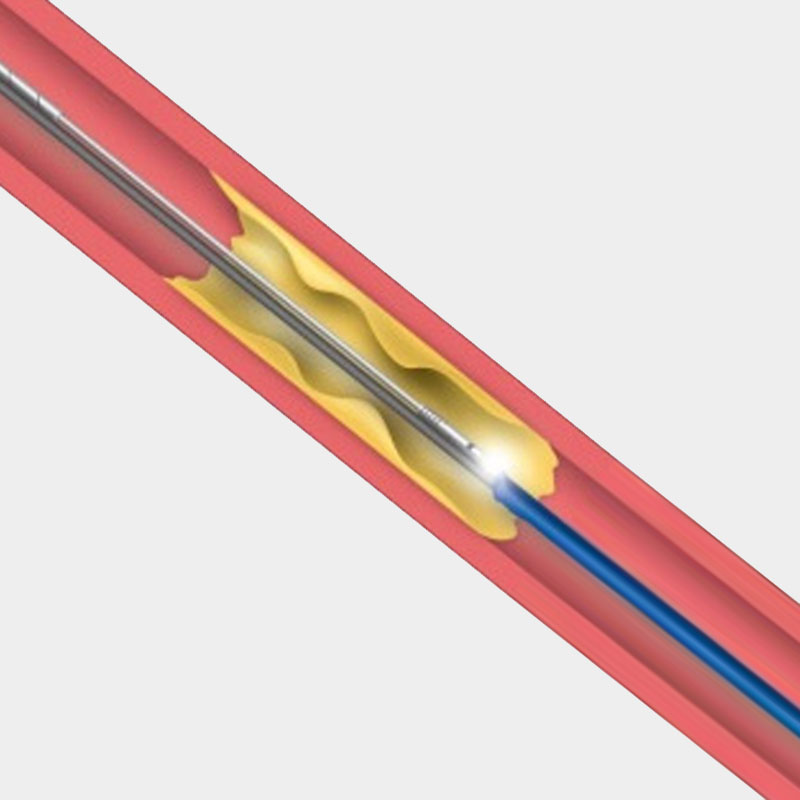AngioInsight improves clinical outcomes by using precise AI diagnosis and optimal management for both coronary artery and microvascular disease, aiming to reduce the cost of care through AI’s accuracy and efficiency.

Brings Precision AI to Angiography

- 2.2M CAD U.S patients undergo angiography to evaluate the severity of blood vessel blockage 1
- Of those, nearly 2M clinical diagnostic tests are based on subjective physician visual assessment 2
- Over 40% of patients with Angina have CMD and up to half are women3
1. American Heart Association. "Heart Disease and Stroke Statistics—2021. Circulation 2021 Feb 23;143(8):e254-e743. doi: 10.1161/CIR.0000000000000950. Epub 2021 Jan 27.
2. PubMed Journal of the American College of Cardiology, 59(9), 857-881. J Am Coll Cardiol 2017 May 2;69(17):2212-2241. doi: 10.1016/j.jacc.2017.02.001. Epub 2017 Mar 10.
3. Current Problems in Cardiology, Volume 36, Issue 8, 2011 Pages 291-319 ISSN 0146-2806
The Current Paradigm
Many diagnostic tests, including angiography, have shown lower accuracy than desired, often compared unfavorably to a coin toss. This creates a dangerous and costly standard, underscoring a massive clinical need for improvement.

Existing Cath Lab Evaluation
For most cases, the severity of coronary artery blockage is estimated using only subjective Physician Visual Assessment (PVA) of angiograms. However, studies have demonstrated significant variations and errors in these assessments, which can impact critical treatment decisions, such as the choice to perform stent implants to restore blood flow.
Limitations of PVA
- Variations and Errors:
Studies highlight inconsistencies in PVA, leading to potential misjudgments. - Impact on Treatment:
These variations can influence decisions regarding interventions, affecting patient outcomes.
Advancements in Evaluation: FFR Guidewire
Interventional Fractional Flow Reserve (FFR) evaluation provides a quantitative measure of decreased blood flow due to stenosis. FFR-guided decisions for stent placement have demonstrated improved clinical outcomes and reduced healthcare costs. Despite its benefits, FFR Guidewire has a low adoption rate (<10%)2 due to additional procedural intervention, inherent risks to the patient, and costs.

